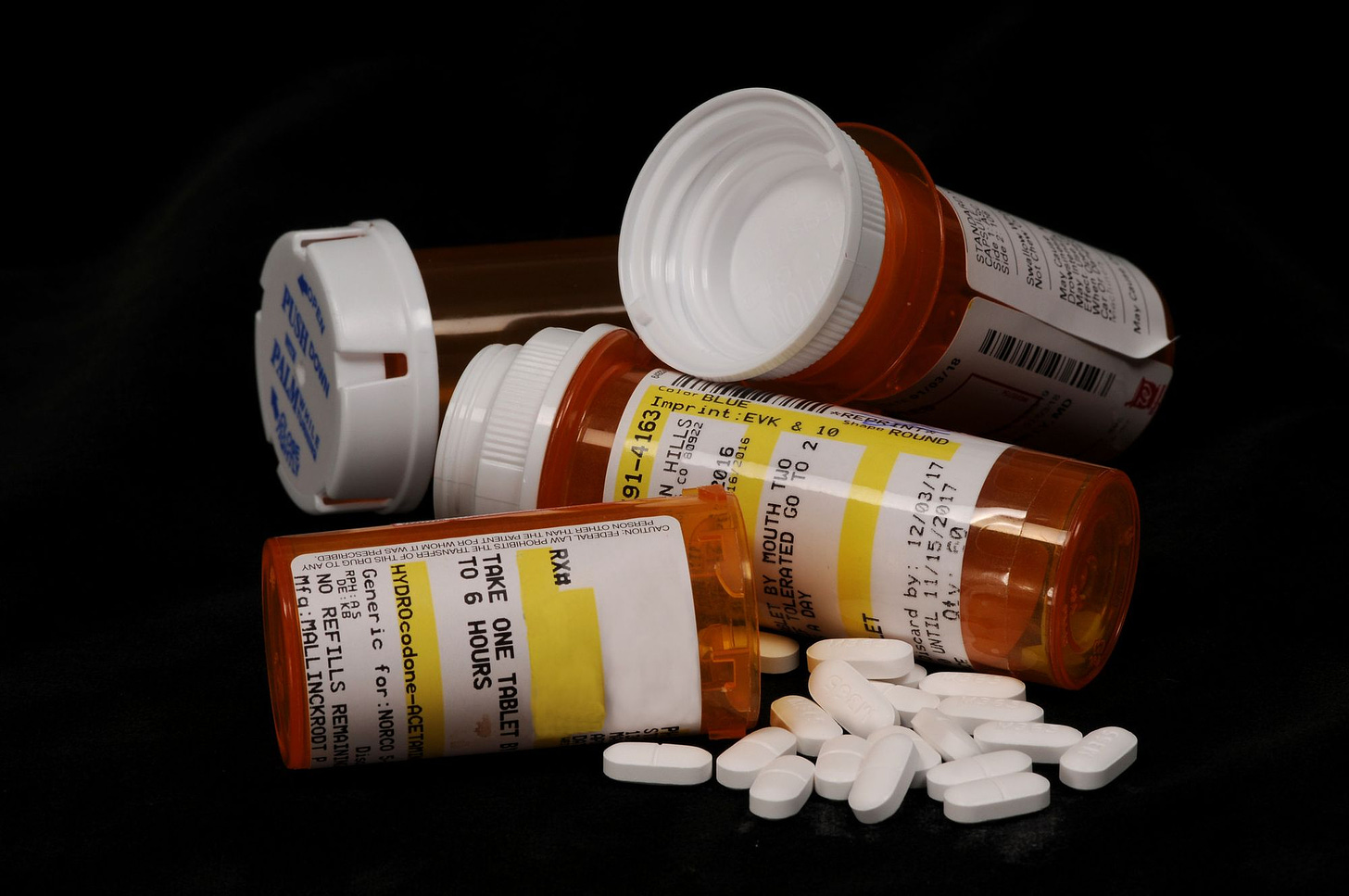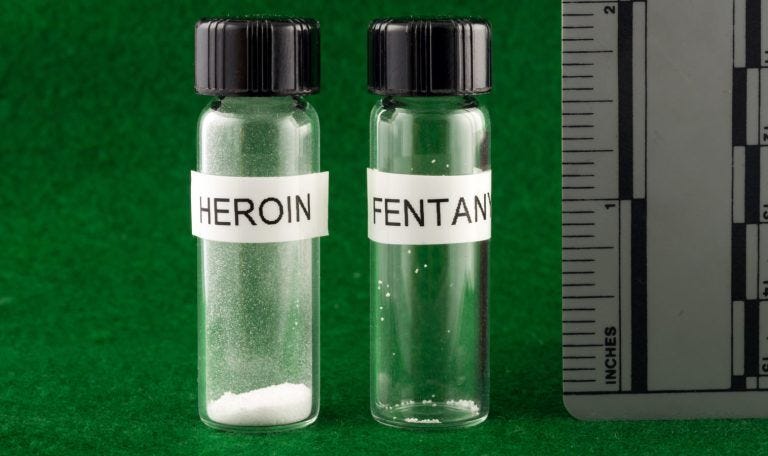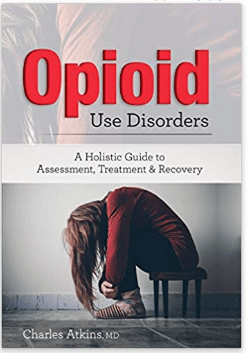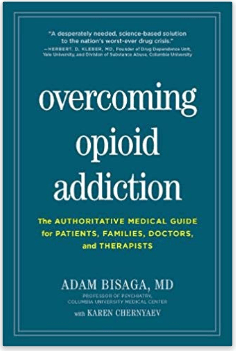Opioid use disorder – Crisis, Addiction and Impact on the Brain

Opioid use disorder (OUD) is now a national crisis in the US. Actually, the way it is growing and the almost natural progression the process has from medical dependence to non-medical addiction, it is taking on the shape of an epidemic! Luckily, it is becoming easier for those suffering from this addiction to seek help for it. There are more support centers than ever and they can even just go online to a site like RecoveryDelivered.com and receive the help they need that way. This doesn’t need that all addicts have the support they need because there are still countless individuals that are suffering alone.
Impact in terms of lives lost to Opioid Addiction
More deaths have occurred due to drug overdoses (majority of them opioids) than those in Vietnam War, the Korean War, or any battle since the end of World War II! Every day 130 people in the US die from an opioid overdose. In 2016 alone, 64,000 Americans died from a drug overdose in 2016 out of which 42,000 were from opioid overdose itself! Opioid is most commonly known to help release morphine type effects to help with someone’s pain levels. However, some people take advantage of this drug and use it more often than they should which could possibly lead to addiction. Looking at the statistics above, it is no secret that the opioid epidemic has worsened in the last couple of years and this has proved devastating to the families affected by this drug. Make sure you seek help and advice if you think you are addicted to opioid before it’s too late. If you are interested in seeking support for your addiction, you may want to visit a drug and alcohol rehab center similar to Enterhealth (see website here) where you could find the help and support you need.
What is Opioid Use Disorder? The disorder has been defined as “a problematic pattern of opioid use that leads to serious impairment or distress.” In short, we are talking about a serious addiction that ultimately leads to the person losing his/her life.
And, to think of it that it all started with medical prescriptions and snowballed into a major health crisis is mind-numbing. Here is a very sobering set of statistics.
Medical prescriptions for opioids started to increase sharply in the mid-to late 1990s (NIDA, 2014). Shortly thereafter, nonmedical opioid use also started to increase markedly, reaching a peak of 2.7 million new users in 2002 (Kolodny et al., 2015). The annual number of new nonmedical users slowly declined to about 1.8 million in 2012 (SAMHSA, 2013b), but the overall pool of people continuing to use nonmedically is very large. From 1999 to 2011, hydrocodone use increased more than two-fold, oxycodone use more than five-fold (Jones, 2013b), and the mortality rate of opioid-related overdose almost four-fold (Chen et al., 2014).
Who is the most vulnerable to this disorder and addiction?
Btw, if you would like to create a site like this of your own, you can do it using WordPress. You can host it at Interserver or Bluehost. You can get kick-ass themes and plugins from Themeforest for your website and get up and running with a world-class site within a weekend.
Most vulnerable?
The short answer is everyone!
Every age group and every category of the population is susceptible to this addiction. If someone has gone through a pain-inducing health issue, the chances are that the doctors may have hooked him/her on a version of medial opioids. This starts a cycle that can end in a person’s death. However, the age group which has been worst affected by the greatest past-year nonmedical use of opioids – is young adults between 18 to 25 years. Meanwhile, the highest use and exposure to prescription opioids is amongst the adults aged 26 and above. (source)
The obvious question for the health professionals, government and the administration is if opioid use is increasing?
Between 8 and 12 percent develop an opioid use disorder. An estimated 4 to 6 percent who misuse prescription opioids transition to heroin. About 80 percent of people who use heroin first misused prescription opioids. Opioid overdoses increased 30 percent from July 2016 through September 2017 in 52 areas in 45 states. (source)
That is not just a crisis. We are staring at an epidemic! And, that is downright scary right now. We have an entire section of youth being wasted taking down the future of this country along with it. We can only hope that our youth find enough strength to access services like Oxycontin Addiction Treatment and that more of these places become available.
Opioids change the brain itself
Opioid addiction is unlike any other addiction, like say Sexual Addiction. In case of opioid use disorder, the chemicals in opioids directly alter the brain structure and chemistry itself.
For example, in the recent study, scientists have found that heroin reduces the levels of protein that is necessary for the functioning of the brain itself. This increases the risk of relapse. Addiction is a self-propelling way for the body thereafter.
Exposure to heroin sharply reduces levels of the protein necessary for developing and maintaining the brain’s synapses, a preclinical study by University at Buffalo researchers has found. The development of addiction relapse is directly related to the impact that reductions in this protein, called drebrin, have on specific cells involved in the brain’s pleasure-seeking/reward pathways. (Source: How relapse happens: Opiates reduce the brain’s ability to form, maintain synapses: Preclinical research was focused on revealing the molecular mechanisms behind addiction and relapse — ScienceDaily)
That is scary. A self-maintaining monster in our own body and brain! Let us look at how the brain is impacted by the opioids. Here is a very informative video on the impact of opioids on the brain.
The top 4 medical opioids are Oxycodone, Hydrocodone, Fentanyl and Tramadol. Let us look into those.
Oxycodone
Oxycodone is used to relieve medium to severe pain. It comes as extended-release tablets, extended-release capsules, or concentrated solutions. The extended-release options are for severe pain that lasts throughout the day. No other medication is useful, then this medication is used.
Major brands include:
Xtampza ER,
Oxaydo,
Roxicodone
Oxycontin
Hydrocodone
Hydrocodone is also used for moderate to severe pain. And it comes in immediate-release and extended-release forms. The side effects include – nausea, vomiting, constipation, drowsiness, dizziness, lightheadedness, anxiety, abnormally happy or sad mood, dry throat, difficulty urinating, rash, itching, and contraction of the pupils
The top brands include:
Controlled release brands are Hysingla ER, Zohydro ER
Hydrocodone with ibuprofen – Vicoprofen, Ibudone, Reprexain
Hydrocodone with Aspirin – Alor 5/500, Azdone, Damason-P, Lortab ASA, Panasal 5/500
Hydrocone with paracetamol – Vicodin, Lortab, Lorcet, Maxidone, Norco, Zydone
Fentanyl
Fentanyl is a synthetic opioid that is used for severe pain. It can cause respiratory issues and even death when taken in high doses.
The main brands include:
Duragesic
Abstral
Ionsys
Subsys
Fentanyl is highly potent as it is 100 times more potent than morphine and far stronger than heroin!

Tramadol
Tramadol is also used to treat moderate to severe pains. The extended-release form of tramadol is for around-the-clock treatment of pain. Tramadol impacts the central nervous system.
The brands include:
ConZip
Ultram
There are many forms of non-medical that can impact in different ways. Also, knock-offs and pills for the medical opioids are sold on the dark net as well.
Further reading
Here are some useful books for further reading on the Opioid use disorder.
Featured image: Flickr \ K-state





